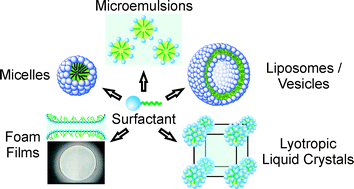New speciality surfactants with natural structural motifs
Abstract
The interest in designing highly specialised synthetic

* Corresponding authors
a
Universität zu Köln, Institut für Organische Chemie, Greinstr. 4, Germany
E-mail:
d.blunk@uni-koeln.de
b School of Chemical and Bioprocess Engineering, UCD, Belfield, Dublin 4, Ireland
The interest in designing highly specialised synthetic

 Please wait while we load your content...
Something went wrong. Try again?
Please wait while we load your content...
Something went wrong. Try again?
D. Blunk, P. Bierganns, N. Bongartz, R. Tessendorf and C. Stubenrauch, New J. Chem., 2006, 30, 1705 DOI: 10.1039/B610045G
To request permission to reproduce material from this article, please go to the Copyright Clearance Center request page.
If you are an author contributing to an RSC publication, you do not need to request permission provided correct acknowledgement is given.
If you are the author of this article, you do not need to request permission to reproduce figures and diagrams provided correct acknowledgement is given. If you want to reproduce the whole article in a third-party publication (excluding your thesis/dissertation for which permission is not required) please go to the Copyright Clearance Center request page.
Read more about how to correctly acknowledge RSC content.
 Fetching data from CrossRef.
Fetching data from CrossRef.
This may take some time to load.
Loading related content
